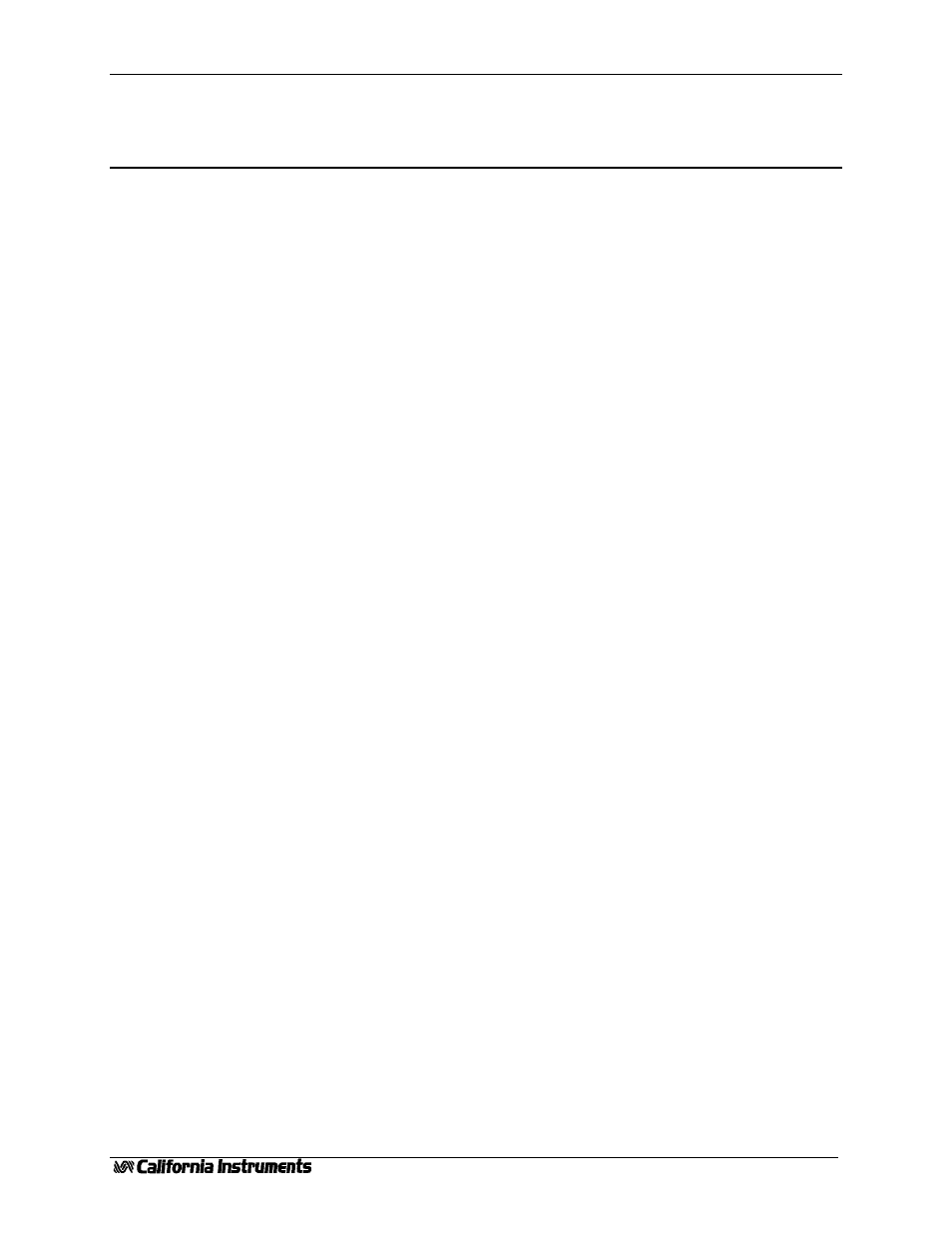Measurement uncertainty, Introduction, Iso/iec 17025:1999 standard – AMETEK MXCTSH Administrator Manual User Manual
Page 23: 4 measurement, Uncertainty, 1 introduction 4.2 iso/iec, 17025:1999 standard, 4 measurement uncertainty

MX Compliance Test System
System Administrator Manual
4 Measurement
Uncertainty
4.1 Introduction
Uncertainty is associated with the result of a measurement (eg a calibration or test) and defines
the range of the values that could reasonably be attributed to the measured quantity. When
uncertainty is evaluated and reported in a specified way, it indicates the level of confidence that
the value actually lies within the range defined by the uncertainty interval.
Any measurement is subject to imperfections; some of these are due to random effects, such as
short-term fluctuations in temperature, humidity and air-pressure or variability in the performance
of the measurer. Repeated measurements will show variation because of these random effects.
Other imperfections are due to the practical limits to which correction can be made for systematic
effects, such as offset of a measuring instrument, drift in its characteristics between calibrations,
personal bias in reading an analogue scale or the uncertainty of the value of a reference
standard.
Often, a result is compared with a limiting value defined in a specification or regulation. In this
case, knowledge of the uncertainty shows whether the result is well within the acceptable limits or
only just makes it. Occasionally a result is so close to the limit that the risk associated with the
possibility that the property that was measured may not fall within the limit, once the uncertainty
has been allowed for, must be considered.
Suppose that a customer has the same test done in more than one laboratory, perhaps on the
same sample, more likely on what they may regard as an identical sample of the same product.
Would we expect the laboratories to get identical results? Only within limits, we may answer, but
when the results are close to the specification limit, it may be that one laboratory indicates failure
whereas another indicates a pass. From time to time accreditation bodies have to investigate
complaints concerning such differences. This can involve much time and effort for all parties,
which in many cases could have been avoided if the uncertainty of the result had been known by
the customer.
4.2
ISO/IEC 17025:1999 Standard
The standard ISO/IEC 17025:1999 [General requirements for the competence of testing and
calibration laboratories] specifies requirements for reporting and evaluating uncertainty of
measurement. The problems presented by these requirements vary in nature and severity
depending on the technical field and whether the measurement is a calibration or test.
Calibration is characterized by the facts that
(i)
Repeated measurements can be made
(ii)
Uncertainty of reference instruments is provided at each stage down the calibration
chain, starting with the national standard and
(iii)
Customers are aware of the need for a statement of uncertainty in order to ensure that
the instrument meets their requirements.
Consequently, calibration laboratories are used to evaluating and reporting uncertainty. In
accredited laboratories the uncertainty evaluation is subject to assessment by the accreditation
body and is quoted on calibration certificates issued by the laboratory.
The situation in testing, in particular IEC compliance testing, is not as well-developed and
particular difficulties are encountered. In some cases a test may not be defined well enough by
the standard, leading to potentially inconsistent application and thus another source of
Revision
B
23
